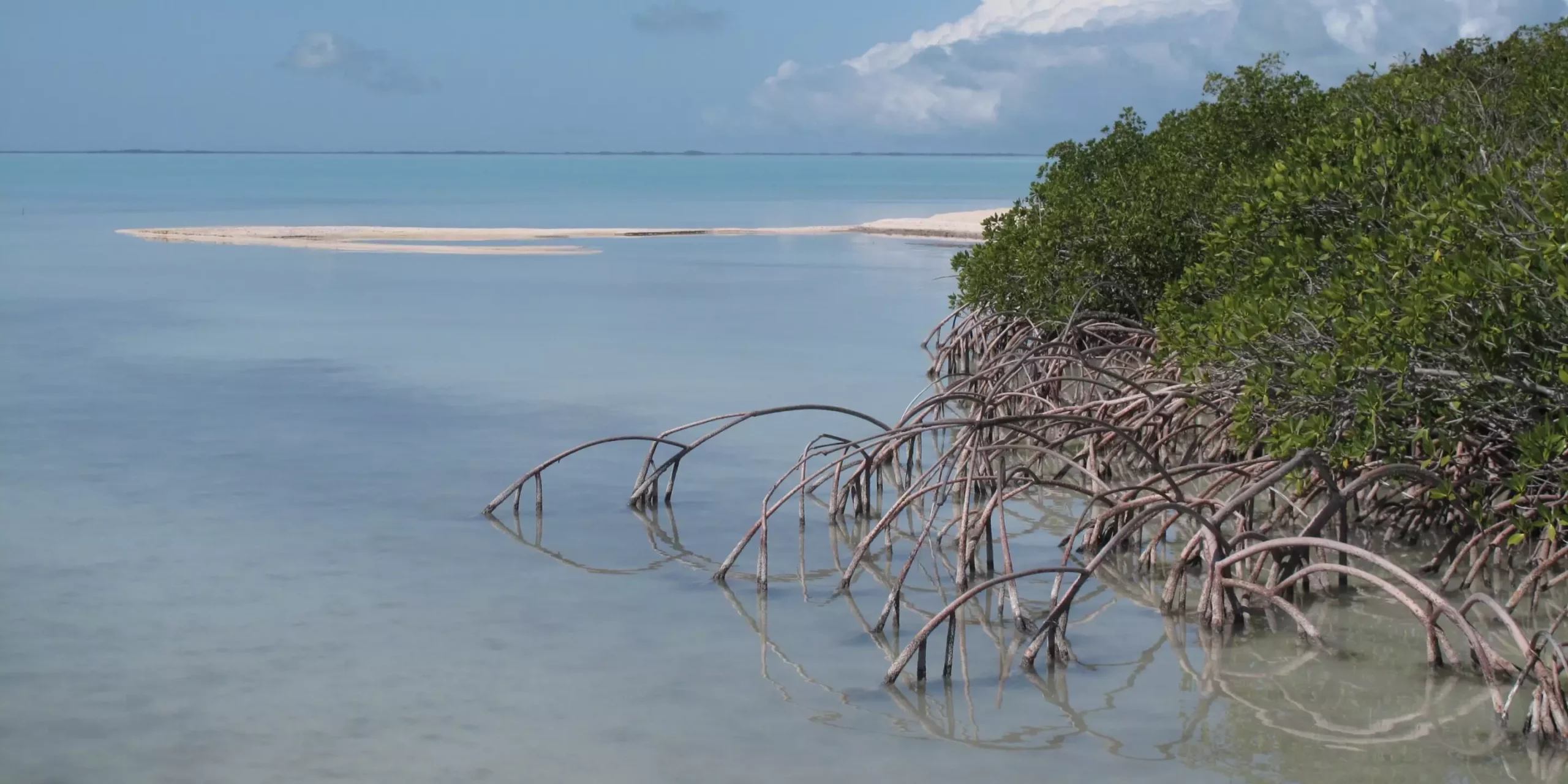In recent years, climate change has escalated the effects of global warming, and its impacts are manifesting more intensely in specific regions around the world. South Florida has emerged as a critical hotspot in this climate crisis, particularly concerning its estuaries. Research conducted by experts at the University of South Florida College of Marine Science reveals an alarming trend: sea surface temperatures in this region are climbing at an unprecedented rate. These findings, published in notable journals such as Environmental Research Letters and Estuaries and Coasts, indicate that South Florida’s estuarine ecosystems are heating up much faster than global sea surface temperatures, raising serious concerns for local marine ecosystems.
The data suggest a significant upsurge in sea surface temperatures over the last two decades, highlighted by a record-setting marine heat wave that struck in 2023. Utilizing advanced satellite technology, researchers observed that four predominant estuaries—Florida Bay, Tampa Bay, the St. Lucie Estuary, and the Caloosahatchee River Estuary—experienced temperature increases that surpassed both the broader Gulf of Mexico and global averages. Specifically, these estuaries recorded temperature escalations approximately 70% faster than those in the Gulf and a staggering 500% faster than oceans worldwide. This extreme warming poses a substantial threat not only to the delicate balance of marine life but also to the habitats crucial for many species’ survival.
The implications of rising sea temperatures for marine ecosystems are grave. Estuaries serve as vital nurseries for a plethora of marine species, and South Florida’s waters are no exception; they cradle essential habitats such as seagrass meadows and the coral reefs of the Florida Keys. Researchers warn that increased water temperatures could disrupt these ecosystems. Algal blooms, which thrive in warmer waters, might occur more frequently and in larger sizes, potentially choking out native species and further destabilizing local ecosystems. Conversely, seagrasses and corals—both of which are sensitive to temperature fluctuations—might experience heightened stress under these changing conditions, jeopardizing their health and survival.
In light of these findings, researchers are keen to deepen their inquiry into the ramifications of rising temperatures on seagrass and coral health by collaborating with institutions such as the Florida Fish and Wildlife Conservation Commission and the National Oceanic and Atmospheric Administration. These collaborations aim to assess the potentially dire impacts on these critical marine resources over time. This collective effort emphasizes the urgent need to understand and possibly mitigate the effects of a changing climate on South Florida’s coastal ecosystems.
The research team speculates on various factors contributing to the region’s accelerated warming. They discuss aspects such as evaporation rates, water holding capacity, and residence time—the duration that water remains within an estuary. It is notable that no single factor has been established as the primary cause of this rapid warming. Furthermore, an intriguing aspect of the research is the lack of similar warming patterns in other estuaries along the Gulf Coast, suggesting unique environmental dynamics at play in South Florida. This puzzling difference prompts further investigation by researchers like Chuanmin Hu and doctoral student Jing Shi, underscoring the need for targeted studies to uncover the intricacies of South Florida’s warming trends.
Looking ahead, the questions remain: how long will this accelerated warming persist, and what will the long-term consequences be for South Florida’s estuarine ecosystems? Hu notes that while the region is currently experiencing rapid temperature increases, it is likely that these rates may eventually align more closely with the temperatures of the Gulf of Mexico. Such predictions indicate a continuing challenge for local marine life, emphasizing the need for proactive measures to address the ongoing climate crisis and to protect the invaluable ecosystems of South Florida. As global temperatures rise, the observations from this unique region could serve as a harbinger for other coastal areas facing similar challenges.


Leave a Reply